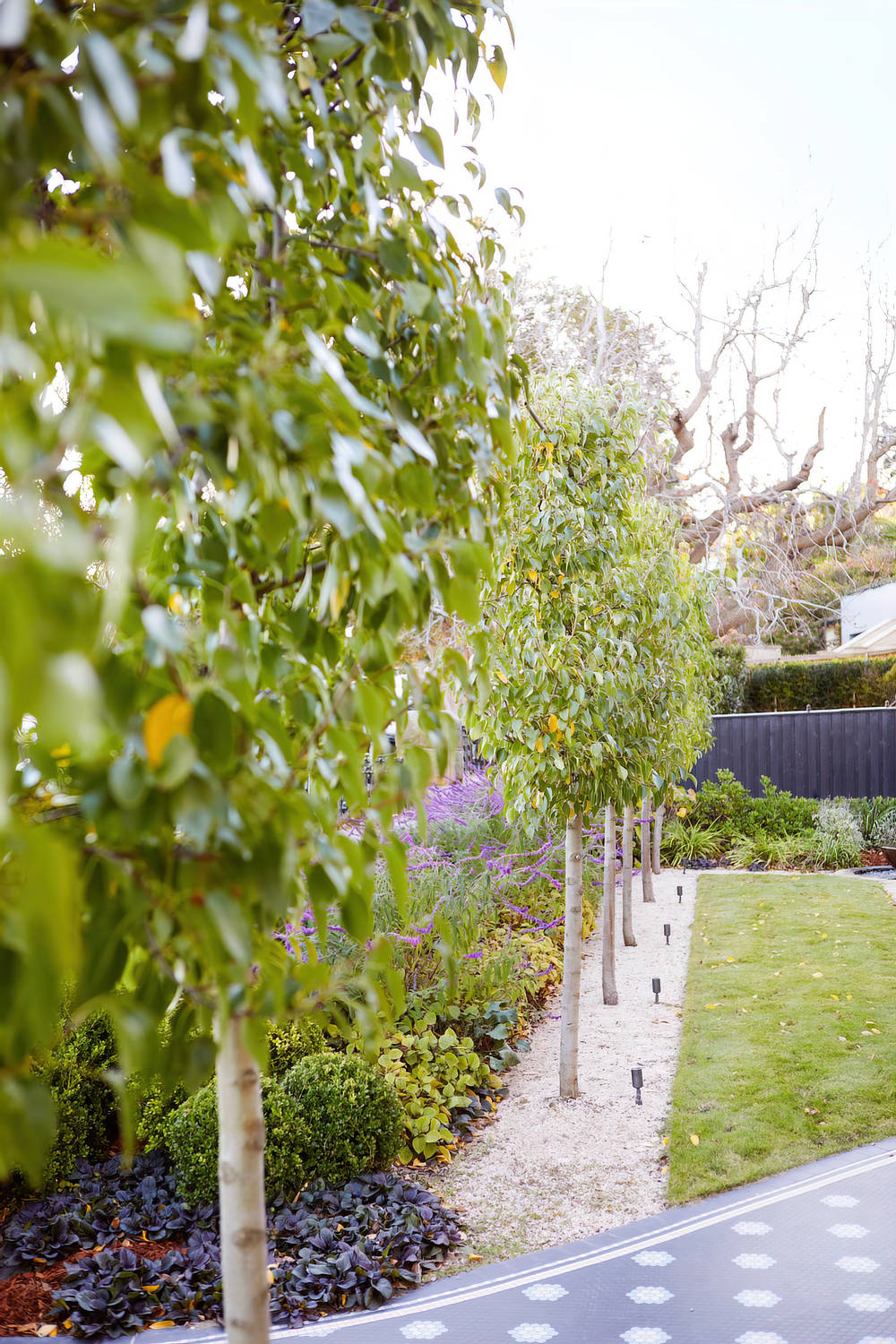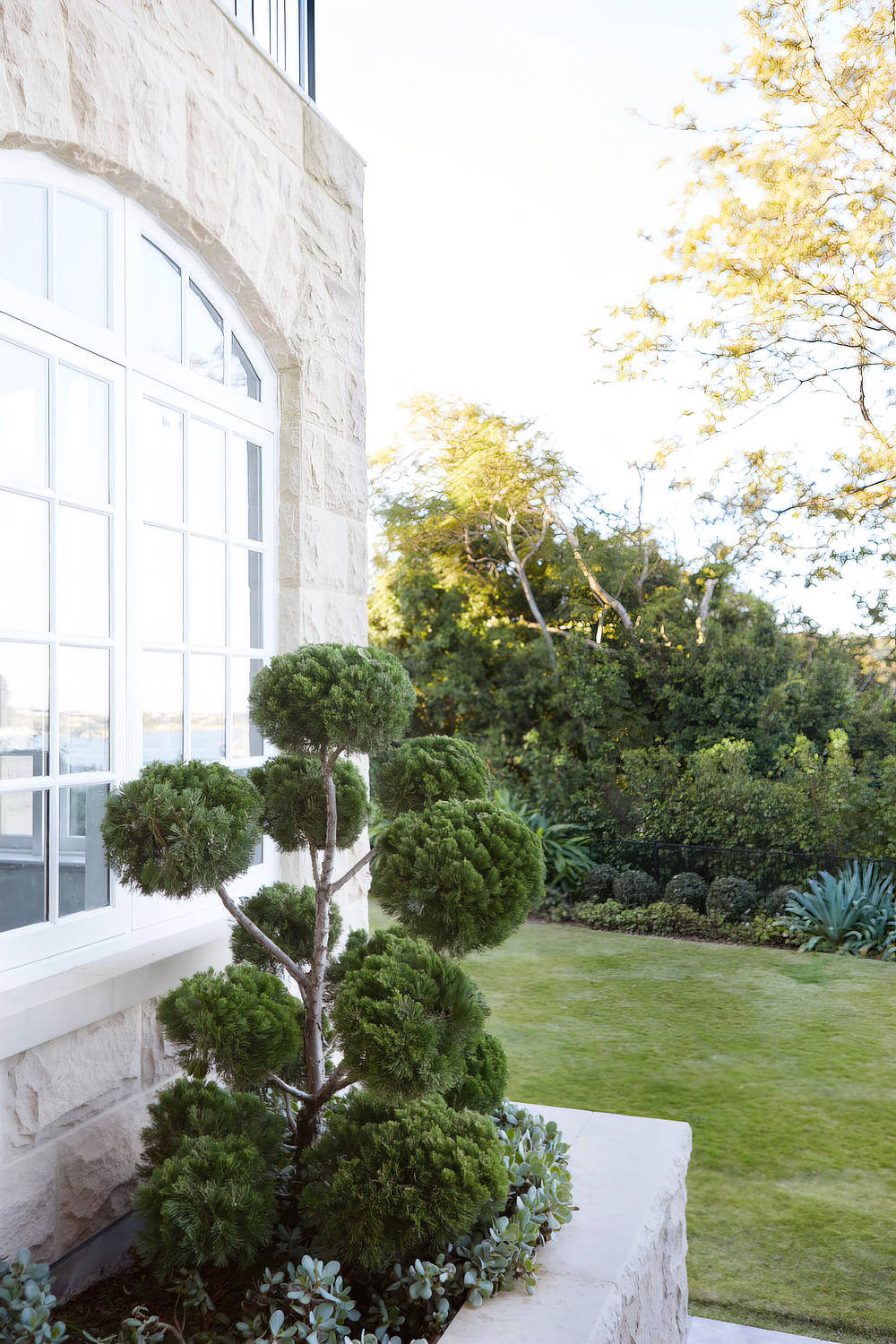Throughout my 22 years of gardening I’ve pruned with everything, in the early days I was lazy and used the closest tool to me thinking “its got a cutting bit on the end, they all do the same thing” but once you see the damage the wrong tool can do you quickly realise you need the right tool for the job.
Secateurs are my number one gardening tool I cannot live without; I find myself out in public with a pair in my back pocket as its just natural instinct to pick them up when I leave the house! Secateurs can be used for pruning all your plants, removing unwanted sections for diseases or just shape, dead heading and cutting back in winter. It’s so important to purchase a good quality pair and they can last you a lifetime – or close to it. Make sure they are comfortable in hand and not too big or small as they will become uncomfortable to use. You also don’t want them to be too light either as they can become flimsy and flex whilst cutting, too heavy and they will be a chore to use. Good quality secateurs will have a smooth by-pass action where the blades pass past each other giving a clean cut on the plant, a clean cut rather than a scraggy ripped one has much less surface area and therefore less chance of letting disease into the plant through its new wound.
You need to know the limits of your secateurs and it is so easy to try and get them to cut through something too big but this not only damages the plant it also damages your secateurs, twisting them and misshaping them so they do not give clean cuts as they age. This is why I would also invest in two pairs of loppers as secateurs can only cut wood up to the width of your finger.
There are two types of loppers– by-pass which are like a big pair of secateurs are excellent for cutting larger parts of green wood – the parts of plants that are still alive. Anvil loppers are those that push a blade down onto a cutting plate and they should only ever be used for dead wood as they crush and mangle the wood leaving it frayed, I keep my anvil loppers next to the compost bin for cutting up twigs and branches and so I can’t mistake them for my by-pass loppers when I’m in a rush.
A pruning saw is another worthwhile investment giving you a clean cut when removing medium to larger branches. I look for a pruning saw that has a pulling action rather than a pushing one, so it cuts when you bring it back towards you as these are much safer if you are ever working at height. A three-cut method should be used when possible when using a pruning saw to prevent tearing bark and damage to the plant– the first cut on the underside of a branch about 10cms up from your final cut about one third or halfway through the branch, the second cut further out on the branch goes all the way through and allows the branch to tear off down to the point of the first cut. The final cut is a clean cut all the way through at the desired point. If you carry out this three-step method, you get clean cuts on your plants with minimal surface area exposed to the elements and less chance of pest or disease infestation.
For soft growth you need a pair of shears, perfect for hedges, topiary and wispy new growth. There is a myriad of shears on the market, ergonomic, extendable, wishbone handle, plastic, timber – the list goes on. Personally, I like a short timber handle as they feel sturdy and somewhat traditional, there no buttons for extending that get in the way and they are lightweight so they can be used all day and easily manoeuvred for tight spaces or tricky angles. For larger hedges I use an extendable battery powered set of hedging shears – but that’s a whole other selection process!
With all tools that cut you need to keep them clean, especially the blades so wipe them down regularly during pruning. I also, perhaps a little too much, sharpen the blades regularly – I keep a sharpening stone next to the shears and use it before and after every use, a touch excessive but I always get a good cut! A couple of times a year I take the tools apart completely to give them a good clean scrubbing off excessive grim with wire wool and protecting them with a lanolin-based spray before putting them back together.


